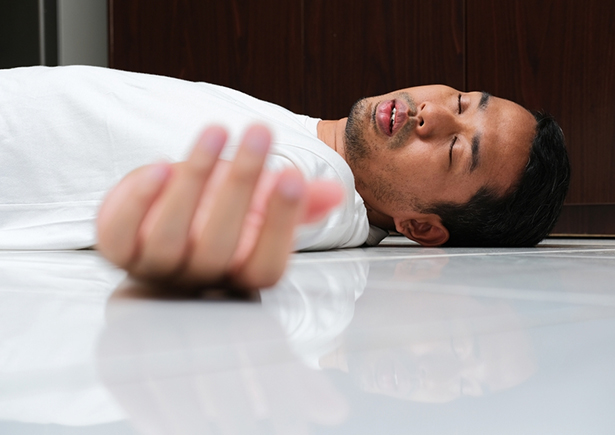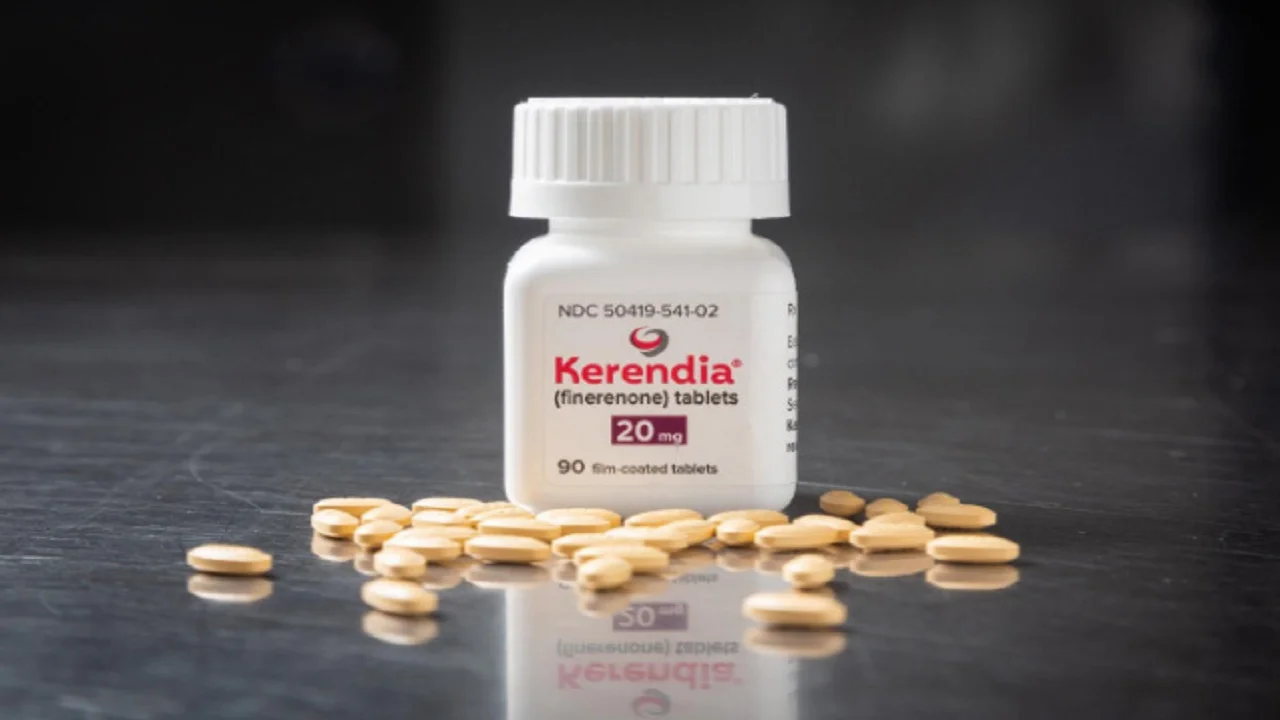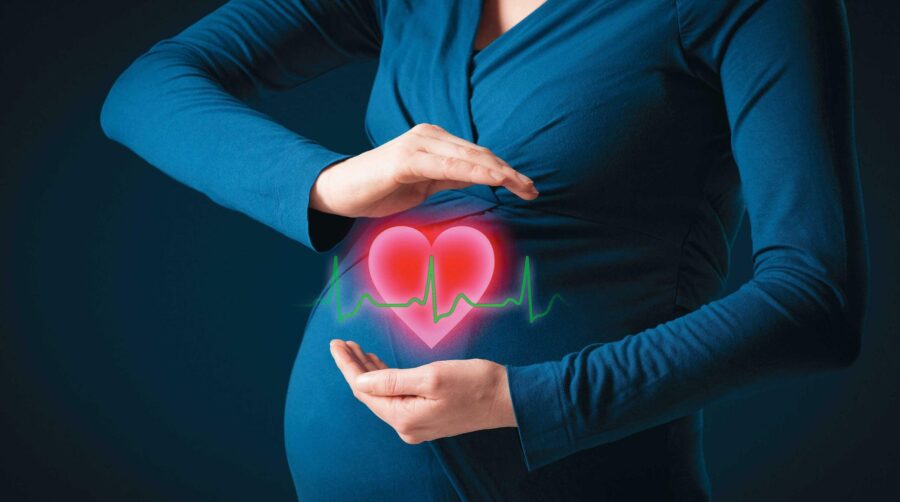
Definition
Transient loss of consciousness (T-LOC) due to acute global impairment of cerebral blood flow with loss of postural tone and spontaneous and complete recovery (self-limited).
Causes: The causes of syncope can be divided into three general categories
- Neurally mediated syncope (also called reflex or vasovagal syncope) – a transient change in the reflexes responsible for maintaining cardiovascular homeostasis
- Orthostatic hypotension – autonomic failure – cardiovascular homeostatic reflexes are chronically impaired.
- Cardiac syncope – arrhythmias or structural cardiac diseases that cause a decrease in cardiac output
Cardiovascular causes of syncope
A. Structural and obstructive causes
- Severe aortic stenosis(AS)
- Hypertrophic cardiomyopathy(HCM)
- Massive myocardial infarction
- Mitral stenosis
- Atrial myxoma
- Acute pulmonary embolism
- Severe pulmonary hypertension(PAH)
- Cardiac tamponade
- Severe pulmonary stenosis
- Eisenmenger syndrome
- Rarely restrictive and constrictive pericardial diseases
Mechanism of syncope in valvular heart diseases
Mitral Stenosis
Severe PAH—> low cardiac output
Severe PAH—> dilated pulmonary artery obstructing the left main coronary artery
Atrial arrhythmias
Associated aortic stenosis
Associated coronary artery disease(CAD)
Aortic Stenosis
Fixed cardiac output state
Low cardiac output causes activation of baroreceptor causing fall in systemic vascular resistance
Arrythmias
Associated conduction disease(due to calcific AS)
B. Cardiac arrhythmias
- Bradyarrhythmias
- Sinus bradycardia, sinus arrest, sino-atrial block, sick sinus syndrome
- Atrio-ventricular block
- Tachy-arrhythmias
- Supraventricular tachycardia(SVT) with structural heart disease
- Atrial fibrillation(AF) with WPW syndrome
- Atrial flutter with 1:1 conduction
- Ventricular tachycardia(VT)
Important clues in history in patient with syncope
Mechanism of syncope in valvular heart diseases
Diabetic patient | Hypoglycaemia, cerebrovascular accident, CAD, transient ischemic attack(TIA), Postural hypotension due to autonomic neuropathy |
Hypertension | Postural hypotension, Encephalopathy, intracranial haemorrhage, TIA, CAD |
Postoperative/prolonged rest | Pulmonary embolism, Postural hypotension |
Drugs | Diuretics, Methyl Dopa, Vasodilators, Nitrates, Prazosin, angiotensin converting enzyme inhibitors, calcium channel blockers |
Episodes after coughing, urinating, defecating or swallowing | Situational syncope |
Painful/Unpleasant event/site | Vasovagal syncope |
History of fall/head injury | Subdural hematoma |
Family history of syncope/sudden cardiac death | Hypertrophic cardiomyopathy, Arrhythmias, Long QT Syndrome, Brugada syndrome |
Aura, abrupt LOC, sensory hallucinations, Déjà vu, automatisms, prolonged amnesia, incontinence of urine/stool, family history | Epilepsy |
H/o Peptic ulcer, hematemesis, melena, vomiting, abdominal pain, trauma to abdomen | Gastrointestinal bleeding |
Deaf patient | Long QT syndrome |
Exertional syncope | Aortic stenosis, HCM, bilateral carotid stenosis, pulmonary hypertension, severe CAD |
Syncope with upper limb exercise | Subclavian steal syndrome |
Syncope with neck turning | Carotid sinus hypersensitivity |
Diagnostic testing in syncope
The evaluation begins with routine blood sugar to rule out diabetes, and other biochemical evaluations for renal function. Anaemia should be ruled out and also B12 deficiency.
Autonomic nervous system (ANS) testing: Test for evaluation for integrity of ANS must be done. These includes assessment of parasympathetic system (heart rate variability with respiration and Valsalva) and sympathetic system with tilt table test and beat to beat blood pressure measurement.
An electroencephalogram may be needed to differentiate a seizure from syncope if doubt exists regarding the diagnosis.
Laboratory investigations | Hb/hematocrit, Blood gas, Cardiac enzymes, Blood glucose, Serum electrolytes |
Electrocardiogram(5 % yield) | QT prolongation/short QT, Short PR with delta wave, right bundle branch block with ST elevation(Brugada pattern), left ventricular hypertrophy(s/o AS, HCM),Evidence of myocardial ischemia, High grade AV block. T inversion in right precordial leads and epsilon waves s/o arrhythmogenic right ventricular dysplasia(ARVD) |
Echocardiogram(low yield with normal ECG and physical examination, 1-2 % yield) | To rule structural heart disease |
Cardiac CT/MRI | In patients with syncope of suspected cardiac etiology |
Cardiac monitoring(2 % yield) | 24 hour holter monitoring, Event loop recorders, Implantable loop recorders |
Tilt table testing | Neurally mediated syncope, Rule out Psychogenic syncope |
Electro-physiological testing (Low yield if done in all patients) | Sick sinus syndrome, Carotid sinus hypersensitivity, Heart block, |
EEG, CT, MRI | Rule out neurological causes |
| ARVD, High suspicion of CAD |
Differential Diagnosis of syncope
Cardiac Causes | Non Cardiac Causes |
Older age(>60 years) | Younger age |
Male sex | No known cardiac ds |
Presence of ischemic heart disease, structural heart ds, previous arrhythmias, or reduced ventricular function | Syncope only in standing position |
Brief prodrome such as palpitations, or sudden loss of consciousness without prodrome | Positional change from supine or sitting to standing |
Syncope in supine position | Presence of prodrome: nausea, vomiting or feeling warmth |
Low number of syncope episodes(1 or 2) | Presence of specific triggers: dehydration, pain, stressful situations, medical environment |
Abnormal cardiac examination | Situational triggers: Cough, micturition, defecation, deglutition |
Family history of inheritable conditions or premature SCD(<50 years of age) | Frequent recurrence or prolonged history of syncope with similar characteristics |
Presence of known congenital heart ds |
|








